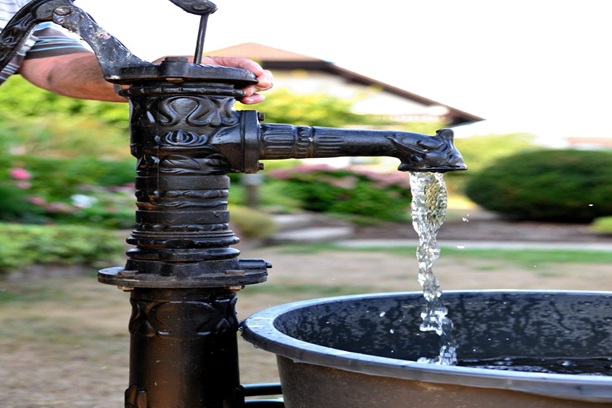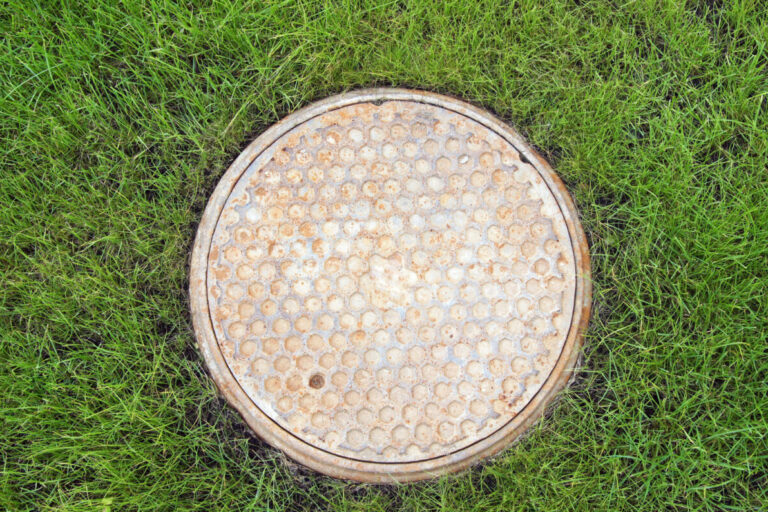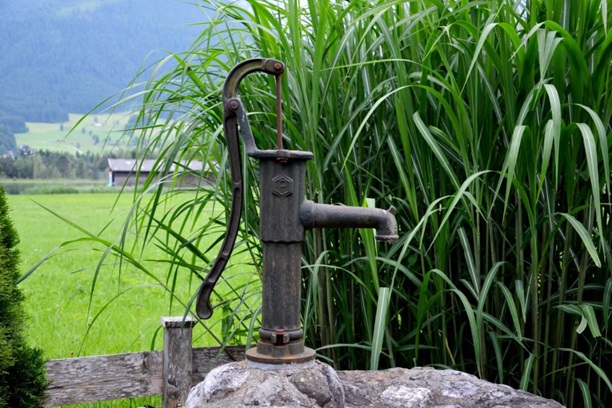Are you wondering how to tell if your well needs repairs? Read more for seven common signs of well problems that you should watch out for.
Did you know that some wells are over 7,000 years old?
Wells have been providing clean water to humanity since the dawn of time. It’s a tried and tested method that gives better-tasting water that can also be off the grid. However, well problems could make that water unsafe to drink or stop you from pumping entirely.
Fortunately, you can read the warning signs before you get to a broken well. If you act in a timely manner, you can avoid costly well repairs.
In this guide, we’ll discuss the 7 common signs of well problems.
1. Costly Well Problems: Abnormally High Electric Bills
If you’ve noticed high electric bills that you can’t attribute to anything else, it might be your pump. Pumps can work 24/7 for years, but over that time bacteria and sand will begin to block them up.
A pump that has been clogged up needs to work harder than it usually does. As a result, that means it pulls more power. This surge in electric demands leads to a surge when the electric bill arrives.
However, this can also happen with a pump that’s in good working condition. In that case, you may have a bad check valve. The check valve makes sure that water doesn’t flow back from the pressure tank into the well.
This means that a functioning pressure switch will detect a drop in pressure. That leads it to turn the pump on again. The pump is turning on and off every few minutes, leading to 24/7 pump usage, and thus high electric bills.
Check the condition of your pump, and make sure the check valve hasn’t gone bad.
2. Short Cycling With the Pressure Switch
Well maintenance is all about maintaining your well pump. A common issue is when the well pump begins to short cycle. This can be a result of the following:
- Blockage in the water piping
- A malfunctioning check valve
- Leakage
- Loss of air charge
- Issues with the pump’s control switch
Just like with #1, these issues can have your pump running 24/7. That means high electricity bills and increased wear on your pump. The most common culprit of short cycling is a loss in air pressure in the pressure tank.
If you suspect that this may be your problem, then shut down the pump. Allow the water to flow out until you no longer have any water pressure. Then use a pressure gauge (a tire gauge works nicely) to assess the Shrader valve.
As a general rule, you should experience pressure around 2 PSI below what you’d normally see for the lower pressure or cut-in pressure. If you have a well that cycles on at 32 PSI, that means you should have a pressure of 30 PSI.
3. Weak Water Pressure
Following on the previous point, what do you do if you have insufficient water pressure? Like the previous, there could be a number of potential issues.
You may need to do some cleaning of the iron bacteria. It builds up on the pipe’s nipple, which leads to your pressure switch. This limits the switch’s ability to sense pressure with accuracy.
There may also be build-up in the well screen or throughout the pump itself. Purchase a solution that targets iron bacteria as well as scale and slime.
If the internals are clean from this build-up, then you can try adjusting your pressure switch. However, increase pressure if your pump can handle it. Regular well care is essential to keep your pump in good condition.
If these steps don’t work, then resort to a professional for further analysis.
4. Sand in the Well
Luckily, there are only two potential causes of sand getting through. Your well screen may be worn out, meaning it allows silt and sand through. If not, then your water level is lower than usual, leading to your pump drawing up the surrounding sediment.
If you have a pump located near your well’s bottom, consider installing a sediment and sand trapper. You can also try a purge valve coupled with a mesh screen. Get in contact with a professional for doing this.
There can be two reasons why your well is pumping sand. Either your well screen has degraded and is allowing sand or silt to enter the pump, or the water level has dropped and your pump is sucking in sand and sediment (a common issue with bottom-situated pumps).
With a professional’s help, install a sand and sediment trapper. Or, you can install a 60 mesh filter screen with an automatic purge valve.
5. Change in Water Quality
If the water quality changes, you might need to check the following:
- Pump
- Drop pipe
- Well shaft
- Casing
You may have a high quantity of sediment or sand or a bad smell. This means surface water may have leaked into or penetrated your well. The best thing you can do is get in contact with a professional to test your water ASAP.
6. Water Pipes Filled With Air
Sputtering and spitting at the faucet or inconsistent flow is common among well problems. There’s air trapped in the pipes, so you need to open all water sources (whether they’re appliances, spigots, or faucets) to let it out.
Give them 10 minutes until the air is out. If that doesn’t work, there may be a damaged drop pipe in the well or a low water table. This serious issue requires immediate support from a professional.
7. Prevent Back-Siphonage
Well issues can stem from chemicals leaking down into the water. A common one is for pesticides to get into the well water.
If you use pesticides, then you should create a place to mix them safely. A loading pad made of concrete is an ideal place. Load and mix your pesticides there and nowhere else.
Repair Your Well Today
A well is an excellent way to get clean, off-grid water. However, you will begin to see the signs of well problems well before they get serious. Knowing what to do in each case will save you a lot of money and headache in the future.
If you’re not sure what to do in your situation, it never hurts to call a professional. Contact us today to get a consultation for your well.




